The Life of Siddhartha Gautama
Siddhartha Gautama's Life Revealed in the enlighten journey

The founder of Buddhism, Siddhartha Gautama, set out on a life-changing adventure that would influence millions and change the direction of spiritual philosophy. His life evolved as a profound journey to comprehend the essence of human suffering and the route to enlightenment. He was born in Lumbini, Nepal, in the sixth century BCE. The major turning points in the life of Siddhartha Gautama are examined in this article, which also charts his transformation from a prince to a holy person known as the Buddha.
Thank you for reading this post, don't forget to subscribe!Early Life:

The Shakya clan, a noble family living in the Himalayan foothills, is where Siddhartha was born. According to legend, his mother, Queen Maya, dreamed that a white elephant was about to enter her womb, signifying the unique qualities of the child she would give birth to. The early years of Siddhartha were spent in luxury and solitude inside the royal walls, away from the harsh outside world.
The Four Sights:
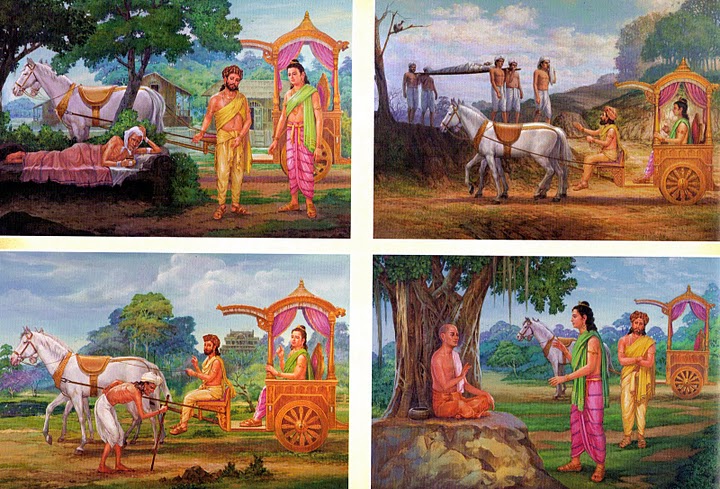
As destiny would have it, Siddhartha’s insatiable curiosity led him beyond the palace confines. It was during these excursions that he encountered the “Four Sights” — an old man, a sick man, a corpse, and a wandering ascetic. Stricken by the inevitability of suffering and the transience of life, Siddhartha felt a deep sense of disquietude. These encounters planted the seeds of his spiritual awakening.
Renunciation:
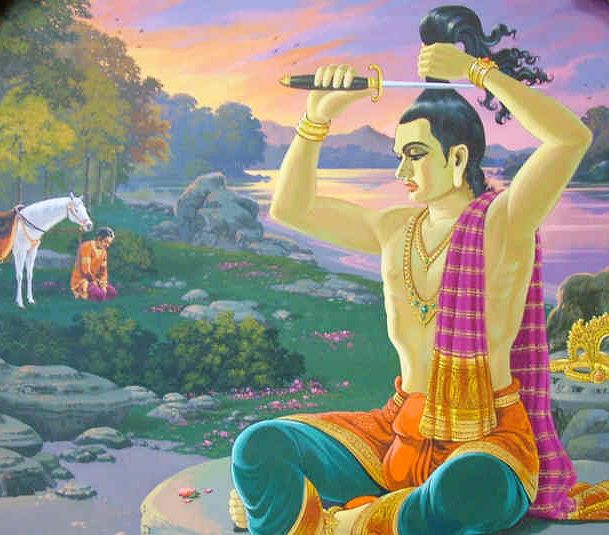
Siddhartha took the radical choice to give up his princely privileges and pursue the road to enlightenment during a moment of tremendous insight. He decided to live as a nomadic ascetic and left behind his family, riches, and the luxury of the palace. Siddhartha underwent severe ascetic practices for six years in an attempt to break free from the cycle of birth and death.
The Enlightenment Under the Bodhi Tree:
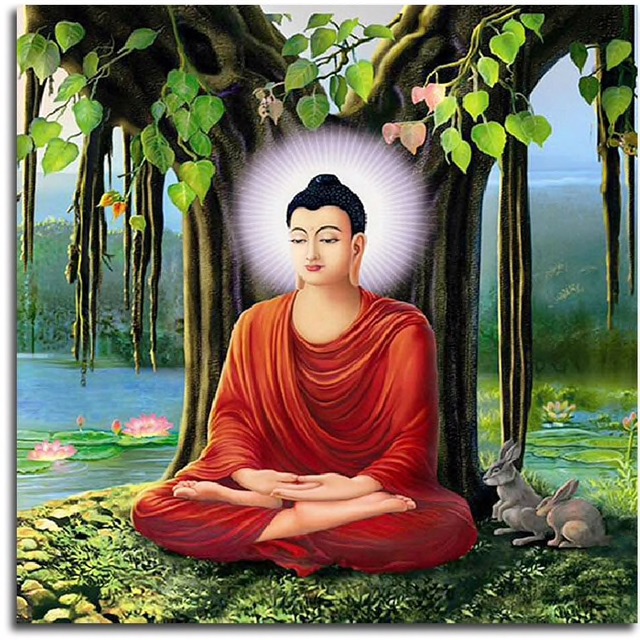
After coming to the conclusion that severe austerity was not the solution he was looking for, Siddhartha chose the Middle Way, which is a moderation between self-indulgence and self-mortification. He then made the commitment to remain in meditation under the Bodhi tree in Bodh Gaya until he achieved enlightenment. On the night of Vesak’s full moon, this is where Siddhartha Gautama attained enlightenment and transformed into the Buddha, also known as the “Awakened One.”
The Four Noble Truths and the Eightfold Path:
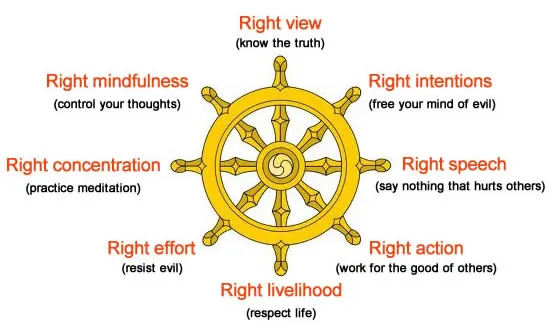
The Four Noble Truths – the existence of suffering, its cause, its fulfillment, and the way to that fulfillment – form the core of Buddha’s teachings. The Eightfold Path provides a useful framework for living a life of wisdom, moral behavior, and mental discipline in addition to these facts. It also acts as a guide for ethical and mental development.
Teaching and Sangha Formation:
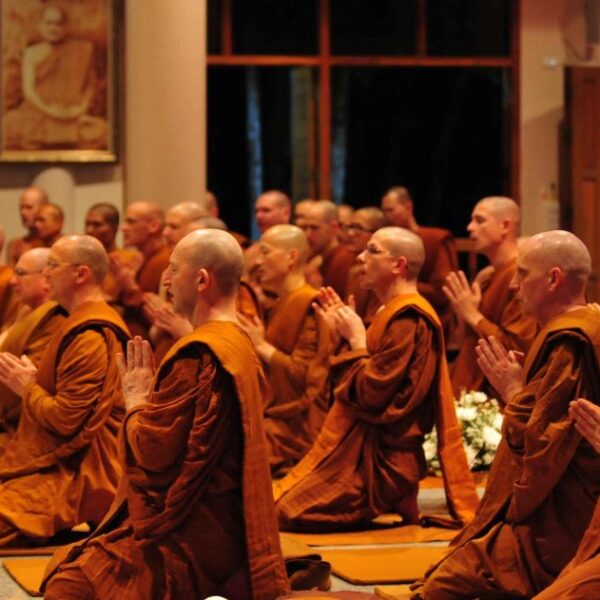
After attaining enlightenment, the Buddha made a great deal of travel in northern India to teach a variety of audiences. He drew followers from every background, creating the Sangha, a group of people. The Dharma, which contains the teachings of the Buddha, tackles the essential elements of human life and offers a path to enlightenment.
Parinirvana:
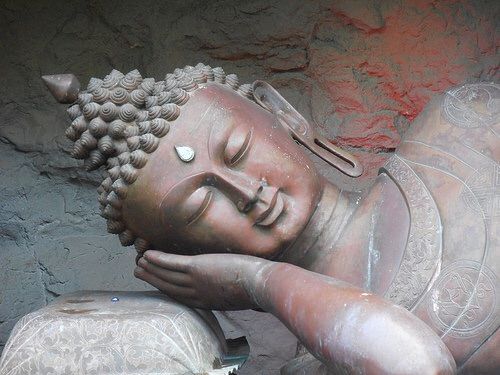
At Kushinagar, the Buddha’s physical journey came to an end when he achieved Parinirvana, the ultimate release from the cycle of birth and death. Through his disciples’ ongoing transmission of his teachings, Siddhartha Gautama’s legacy persisted and shaped the intricate fabric of Buddhist philosophy and practice.
Conclusion:
The life of Siddhartha Gautama served as an example of the transformational potential of compassion and self-discovery. Siddhartha’s journey, with its lavish palace life and austere quest, represents the universal human search for purpose and relief from suffering. The Buddha’s teachings are still relevant today because they provide a significant understanding of the nature of life and the path to enlightenment.
Thank You For Reading This Blog Read Other Blog and visit: Blog
